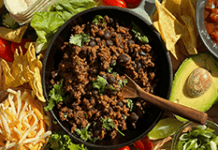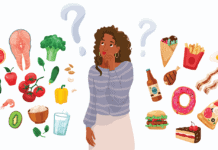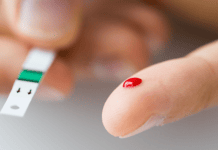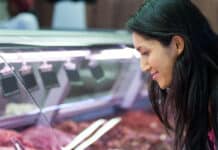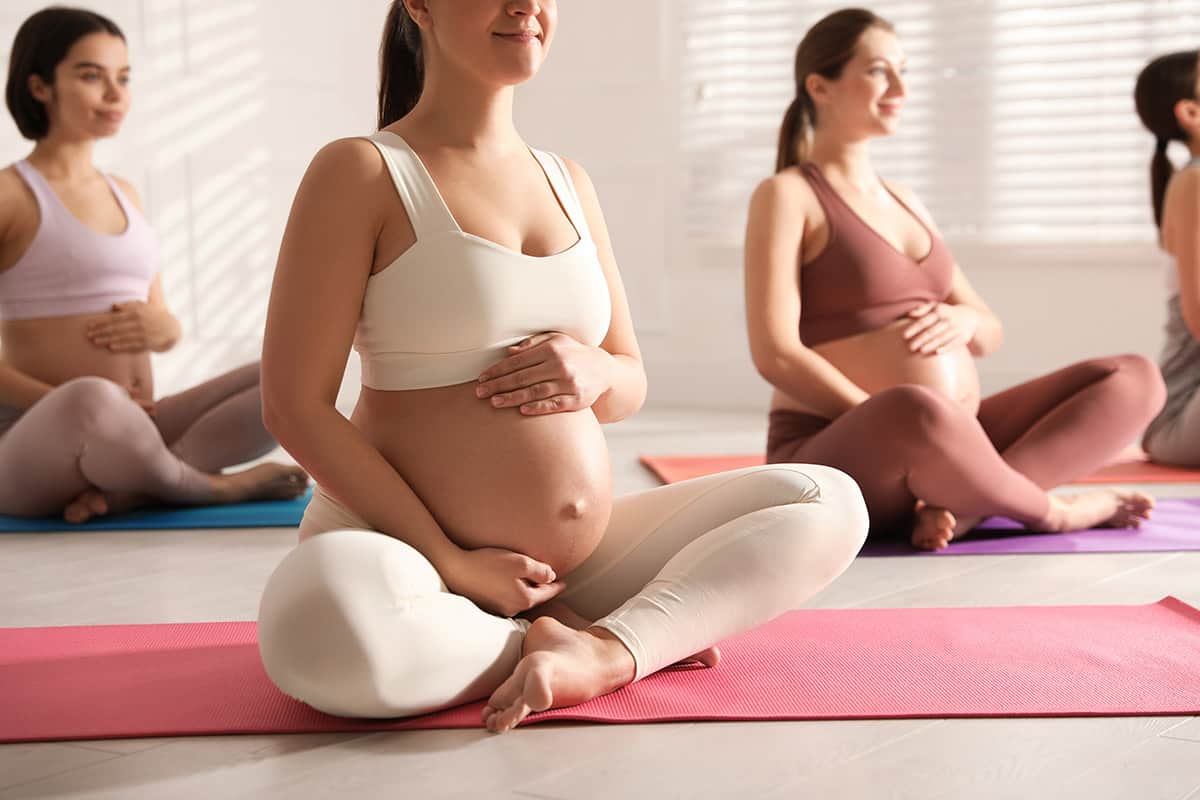
Do you or someone you know plan to become pregnant?
It’s important to know why iron matters for moms and babies and how to get enough. Research shows women who plan to become pregnant really need to prioritize good food sources of iron. Foods like beef.
Iron helps build red blood cells. Our bodies rely on red blood cells to transport oxygen to all our vital organs, including our brain. So, it’s especially critical to meet high demands for iron during periods of rapid growth, like pregnancy and infancy.
Iron deficiency occurs when the body’s supply of iron is too low to meet its needs.
While we need iron at every stage of life – women of childbearing age need more than twice as much iron as men. Dietary recommendations advise women 19 to 50 years of age to aim for 18 mg of iron per day, and even more during pregnancy – 27 mg of iron per day.
However, two recent studies published by University of Toronto researchers in 2021 revealed many Canadian women of childbearing age are not getting enough iron in their diets. Researchers found that:
- Iron deficiency affects more than 50% of pregnant women who were tested in Ontario.1
- Nearly 30% of Canadian women aged 19 to 50 years do not get enough iron from their diet.2
When it comes to iron deficiency, an ounce of prevention is worth a pound of cure. It’s much better to prevent low iron, than to struggle to reverse it. Since iron needs increase so much during pregnancy, if your iron levels are already low before, catching up will be a challenge.
That’s why it’s especially important for women to prioritize good food sources of iron – well in advance of planning to become pregnant, throughout pregnancy and while raising children.
Beef is a good source of iron. A 100 g serving of cooked beef delivers 3.4 mg of iron – 19% of the Daily Value (DV). Compare that to an equal serving of chicken breast which delivers 1 mg of iron (6% DV). Plus, the heme iron found in meats, poultry and fish is in a form our bodies absorb better than the non-heme iron found in plant foods like beans, lentils, leafy greens and cereals.
Keep in mind – iron demands are greatest during periods of rapid growth – so growing babies, toddlers and teenagers also have high iron needs. For example, babies 7 to 12 months of age need 11 mg of iron daily – nearly 40% more than a full-grown man!
Check out our free booklets to learn more about iron and health:
Women’s Health – Taking Care of You
Find iron-rich meal ideas for the whole family, in our free booklets:
The Real Meal Makeover Ground Beef Recipes
If you regularly experience common symptoms of iron deficiency like fatigue, feeling cold, brain fog, and irritability it’s best to speak to your doctor.
References:
-
Teichman J et al. Suboptimal iron deficiency screening in pregnancy and the impact of socioeconomic status in a high-resource setting. Blood Adv 2021;5(22):4666-4673.
-
Ahmed M et al. Nutrient intakes of Canadian adults: Results from the Canadian Community Health Survey (CCHS)-2015 Public Use Microdata File. Am J Clin Nutr 2021;114(3):1131-1140.

